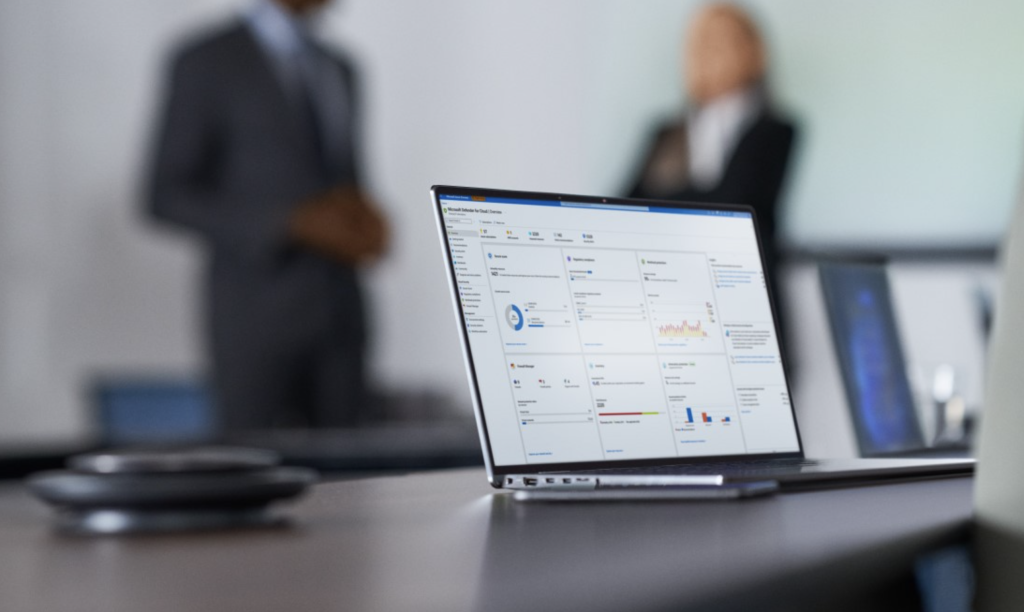As more and more businesses move to the cloud, Docker registries are becoming an increasingly important part of their infrastructure. A docker registry stores images that have been built and pushed to it by users and make them available for download by other users. This can be a handy tool for sharing images between teams or multiple servers. However, it’s essential to ensure that your registry is secure so unauthorized users can’t access your images or push malicious ones into your repository. Similar to docker registries, a container registry is a storage and distribution system for docker images, and needs security as mentioned in this JFrog guide.
Understand The Different Security Features Of Docker Registry
Docker Registry comes with several security features that can help you keep your images safe. One of the most important is access control, which lets you restrict who can push and pull images from your registry. You can also use SSL/TLS to encrypt communication between your registry and clients and storage backends to store your images in a secure location.
You’ll need to create a new user in your registry to get started. To do this, click on the “Users” tab in the left-hand sidebar and then click “Add User.” Fill out the form with the new user’s username, password, and email address.
Once you’ve created a new user, you can assign them permissions by clicking on the “Permissions” tab. Here, you can specify which repositories they have access to and what actions they’re allowed to perform (push, pull, or both). You can also give users administrative privileges, which lets them manage other users and their permissions.
Enable HTTPS For Your Registry
It’s important to note that access control only works if you’re using an SSL/TLS-enabled connection to your registry. By default, Docker Registry uses an unencrypted connection, so anyone who has access to your network can view and modify your images. To enable SSL/TLS, you’ll need to edit the configuration file for your registry ( typically located at /etc/docker/registry/config.yml) and uncomment the lines that begin with “tls:”
Once you’ve enabled SSL/TLS, you’ll need to generate a certificate and key pair for your registry. You can do this using the OpenSSL command-line tool. Be sure to replace REGISTRY_HOSTNAME with the hostname of your registry server.
After you’ve generated your certificate and key, you’ll need to add them to your registry’s configuration file. Add the following lines to the “tls:” section of the file, replacing REGISTRY_CERT and REGISTRY_KEY with the paths to your certificate and critical files.
You can also use a storage backend to store your images in a secure location. A storage backend is an external service that provides authentication and authorization for users trying to access your images.
Use Access Controls To Restrict Who Can Push And Pull Images
One of the essential security features of Docker Registry is access control. This lets you restrict which users can push and pull images from your registry. To set up access control, you’ll need to create a new user in your registry.
To do this, click on the “Users” tab in the left-hand sidebar and then click “Add User.” Fill out the form with the new user’s username, password, and email address.
Once you’ve created a new user, you can assign them permissions by clicking on the “Permissions” tab. Here, you can specify which repositories they have access to and what actions they’re allowed to perform (push, pull, or both). You can also give users administrative privileges, which lets them manage other users and their permissions.
Restrict Which Machines Can Access Your Registry
Another way to secure your registry is to restrict which machines can access it. By default, anyone who has access to your network can connect to your registry. To restrict access, you’ll need to edit the configuration file for your registry (typically located at /etc/docker/registry/config.yml) and uncomment the “proxy:” section.
In the “proxy:” section, you can specify a list of IP addresses or subnets that are allowed to connect to your registry. You can also use wildcards to allow all IP addresses in a particular range. For example, the following configuration will allow any machine with an IP address in the 192.168.*.* range to connect to your registry:
If you’re using Amazon Web Services, you can also use Amazon’s security groups to control access to your registry.
Regularly Audit Your Registry For Vulnerabilities
It’s essential to check your registry for vulnerabilities regularly. The best way to do this is to use a vulnerability scanner. They help you identify security issues in your images and the underlying operating system and application code. Moreover, they can also help you find sensitive data left exposed in your images.

